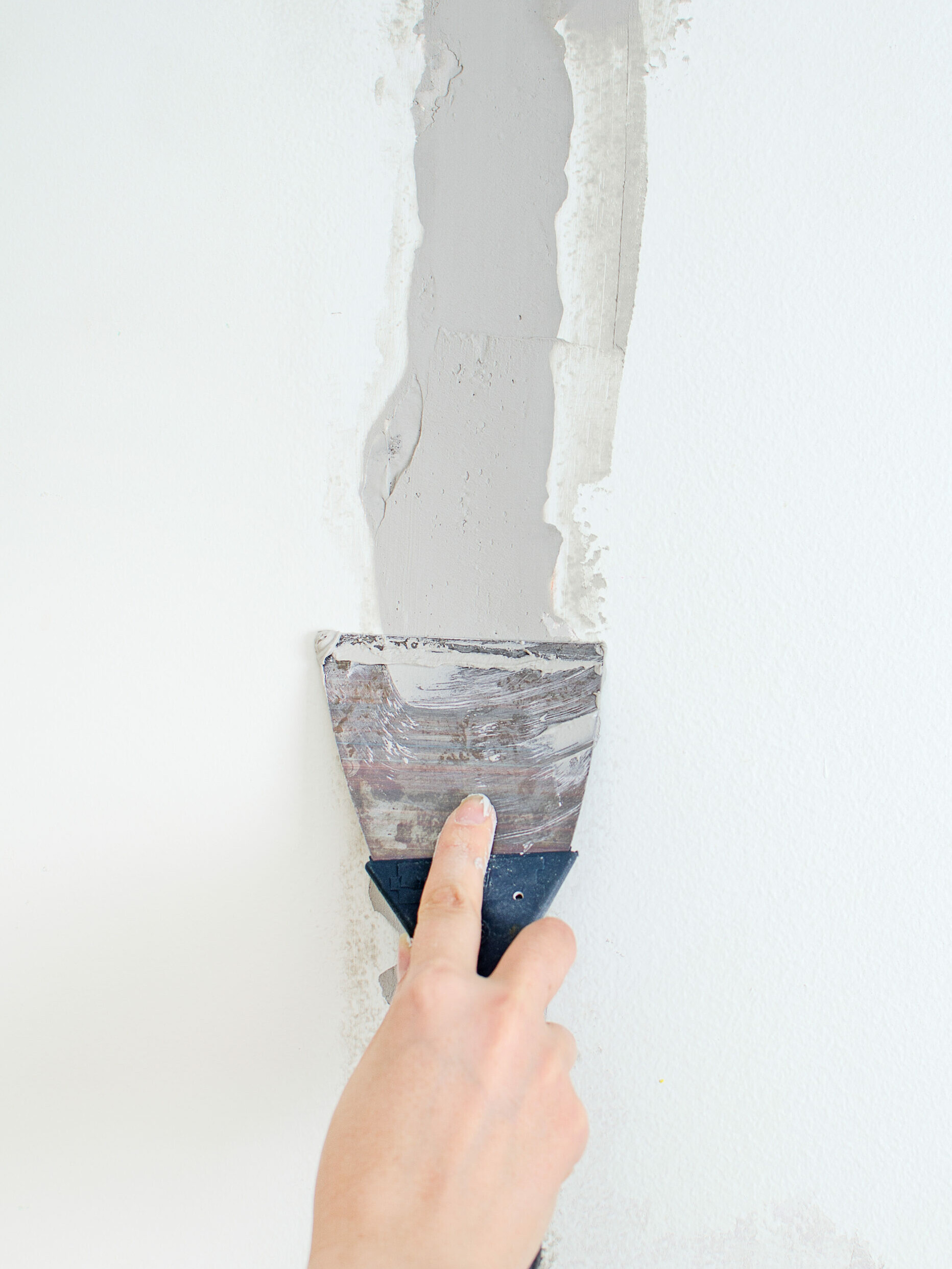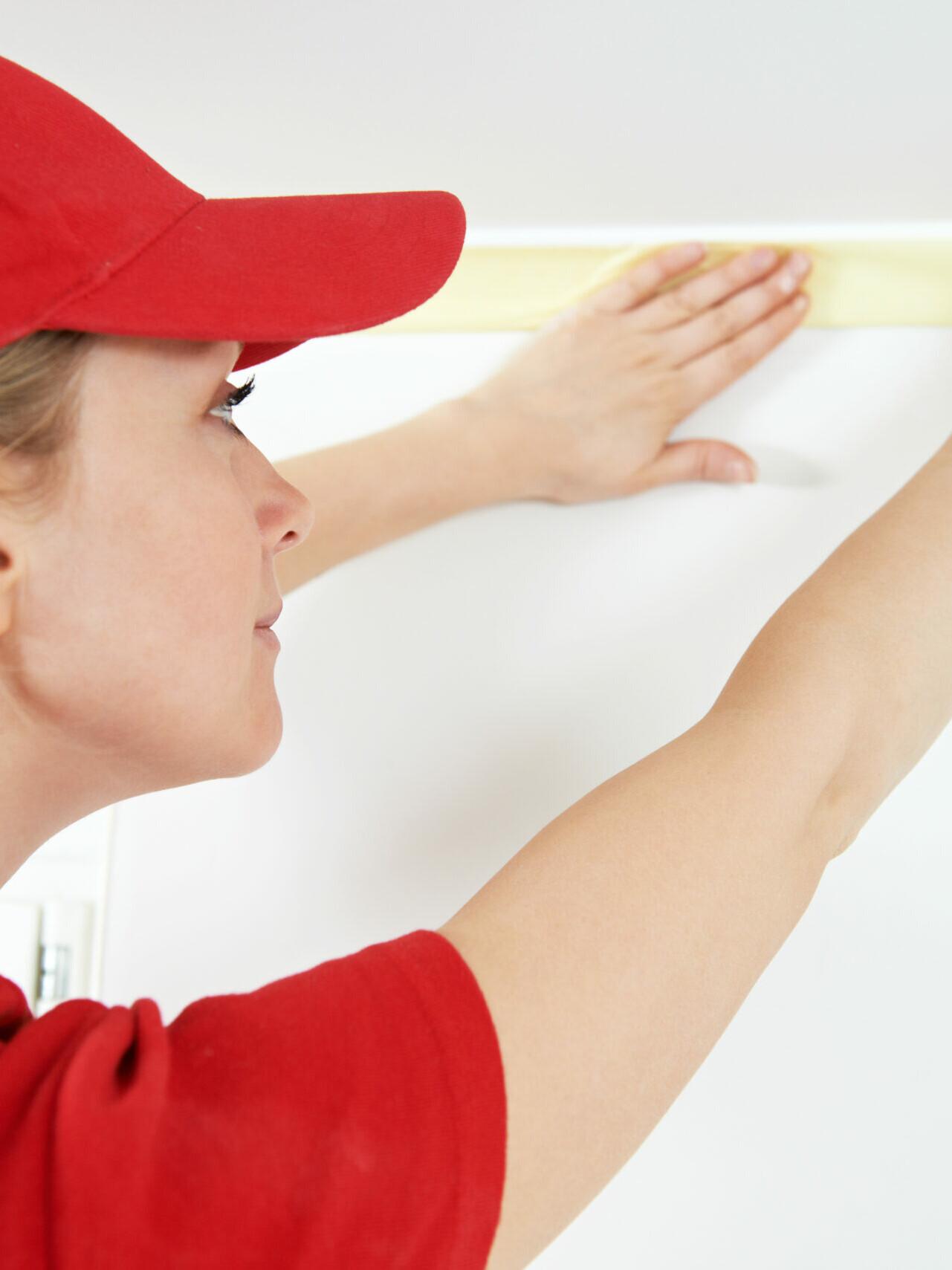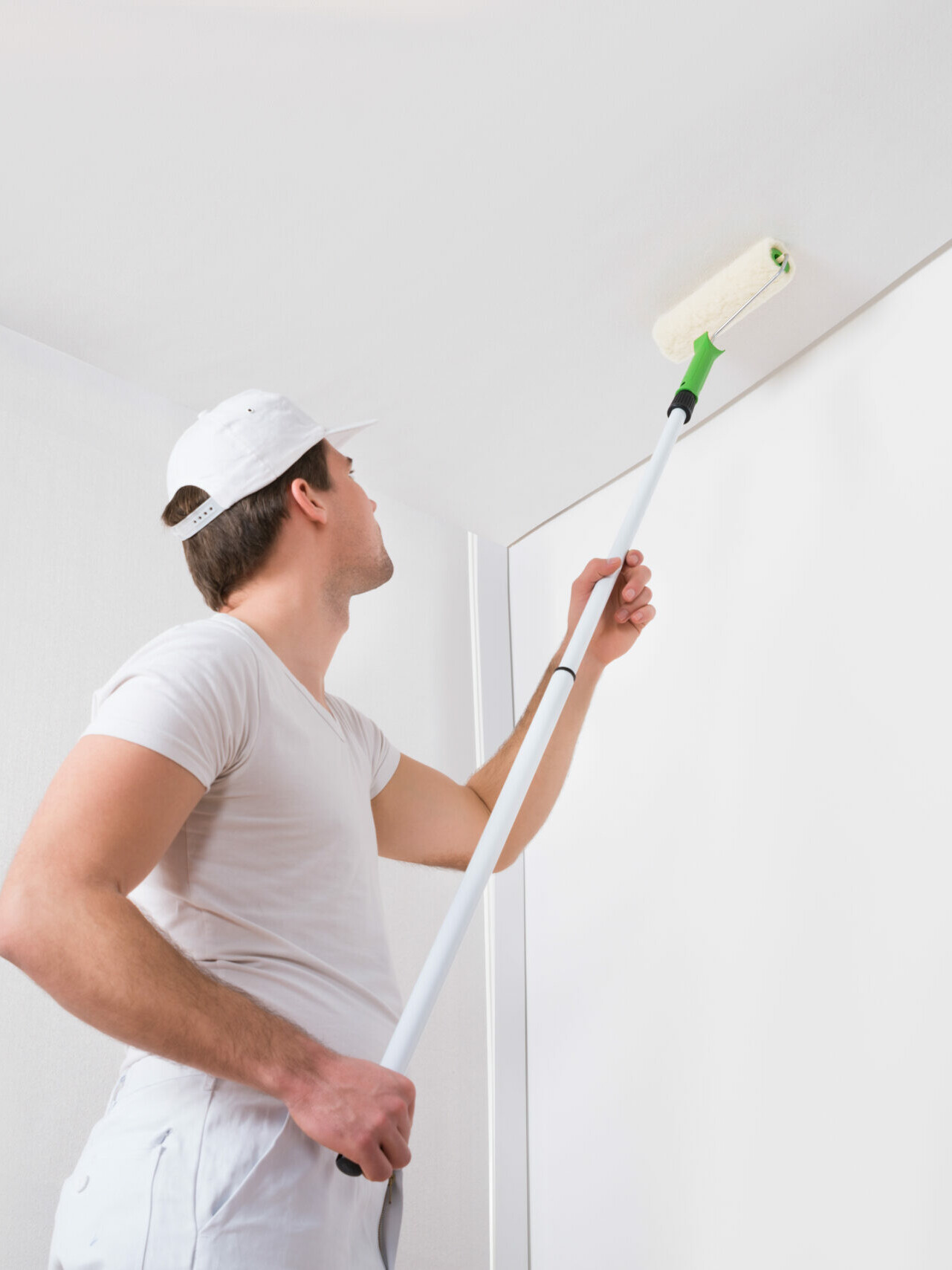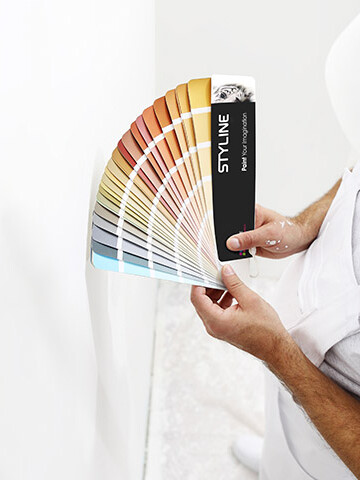
Preparation of the substrate: G-K boards, finishing coat can be painted after completely drying. Clean the surfaces of dust and dirt, smooth out unevenness and voids with a putty. Before painting, the condition of the substrate should be assessed. Assess whether the substrate is absorbent or not. A simple way to check if the substrate is absorbent: spray the wall with a gentle stream of water, see if the water runs down the wall surface – if it doesn’t, this means that the substrate is not absorbent. In a situation when you see that water has been absorbed into the surface of the wall and a water spot is visible, it means that the substrate is absorbent.
We recommend for absorbent substrates to use our Arylex Primer, and for non-absorbent substrates use our Latex Style Primer

A substrate with dirt should be washed with water and detergent, to remove loose flaky fragments of the old coating. In case of doubts as to the adhesion of the substrate, a self-adhesive tape should be used. If the paint falls off with the tape, remove the entire surface of the paint, and then level the voids with a putty and prime with a penetrating agent – depending on the condition of the substrate (Acrylex Primer or Latex Style Primer).
The next stage of substrate preparation is to protect elements that will not be painted, such as doors, windows, skirting boards. Remember, when using masking tape, to use on a dry surface, and too early removal of the tape will cause the paint to peel off. After securing the elements with tape and foil, the surface of the wall should be primed.

Priming involves applying primer paint to the wall surface. The main purpose of using a primer paint is to standardize the texture of the substrate, ie to bond loose particles on the substrate. An additional plus is improved adhesion and reduced consumption of the topcoat.
The primer should be applied with a brush or roller. After applying the primer, wait 2 hours before applying the topcoat.

Paint preparation:
The packaging contains a product ready for use. Immediately before use, the entire contents of the packaging should be mixed thoroughly with a slow-speed mixer / drill with a mixer (basket or wing) until a homogeneous consistency is obtained.
If necessary, dilute with clean water (at the first painting, max. 10% volume, at the second maximum 5%).
Application method:
It is recommended to use a paint roller, however can also be sprayed.
For latex and ceramic paints we use a roller with short hair 9 to 12mm, acrylic paints are applied with a roller with hair 12 to 15mm
Painting:
All painted surfaces must be dry and both the air and substrate temperature between + 5 ° C and + 25 ° C, and relative air humidity below 80%.
It is recommended to protect all elements to be protected, i.e. door and window frames, contacts etc. with painting tape, which should be carefully peeled off immediately after painting.
If the product is coloured, then before painting works it is necessary to ensure that the paint has been coloured in sufficient quantity on the surface to be painted and the staining base has been used from one production batch. This treatment is used to avoid possible differences in the colour or shades of the paint coating.
In order to obtain the best decorative effects, it is recommended to apply 2 layers of paint. For colours with a lower covering power (yellow, red, orange), it may be necessary to apply another layer of paint. In order to optimize the cost of painting, it is recommended to use a coloured Latex Style Primer.
